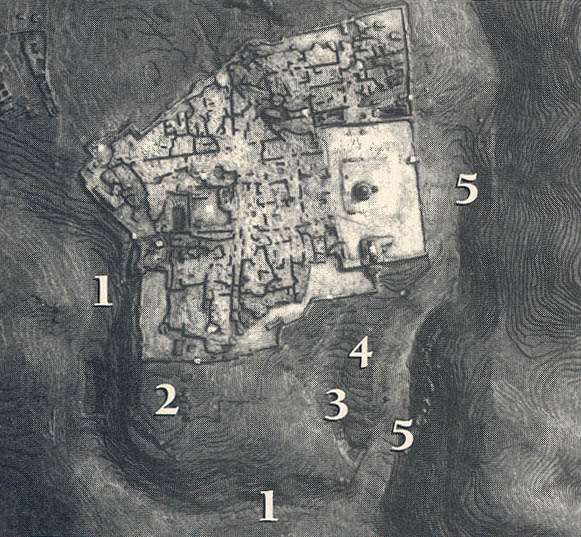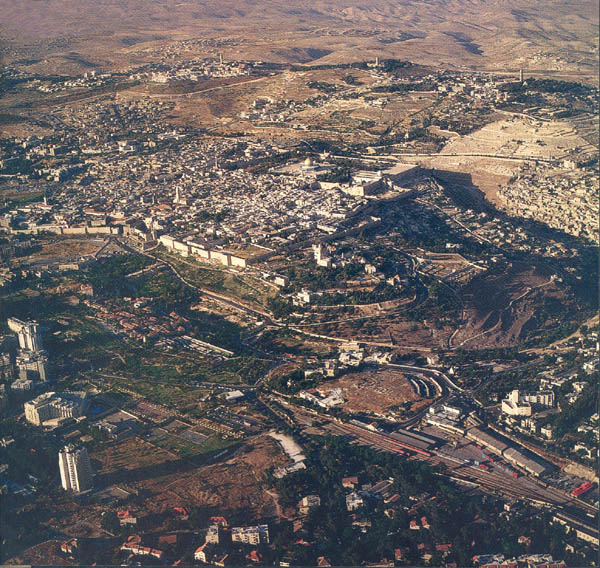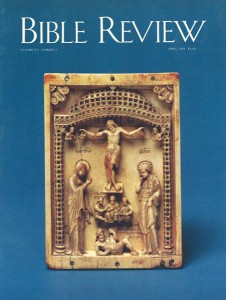

To understand the valleys of Jerusalem, it helps to know the different kinds of valleys encountered in the ancient Land of Israel (Eretz Yisrael). There are at least five Hebrew words designating the variety of valleys in biblical times.
A large valley with water flowing intermittently is a nahal, corresponding to wadi in Arabic. Except during the rainy season, a nahal is dry.
A broad, low-lying plain is an ‘emeq, meaning “depression.” An ‘emeq is not as broad as a biq‘ah, a wider, low-lying plain.
A narrow gorge is a gai’. The word can be translated simply as “Valley.”
A valley in the sense of a lowland is shephelah, from the verb meaning “to be or become low.” The Shephelah is the designation for the foothills lying between the Mediterranean coastal plain and the central mountain range of Israel.
These distinctions obviously can be important for understanding a biblical text. Like other geographical terms, they have at least two aspects—one comes under the rubric of physical geography; the other, under the rubric of historical geography. Physical geography is concerned with the configuration of the terrain; historical geography deals with the use of the land and its effect on the life of the people.
Already a library member? Log in here.
Institution user? Log in with your IP address.

